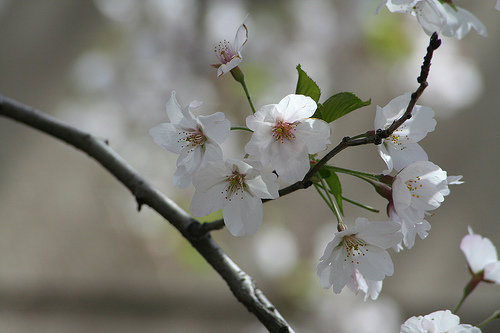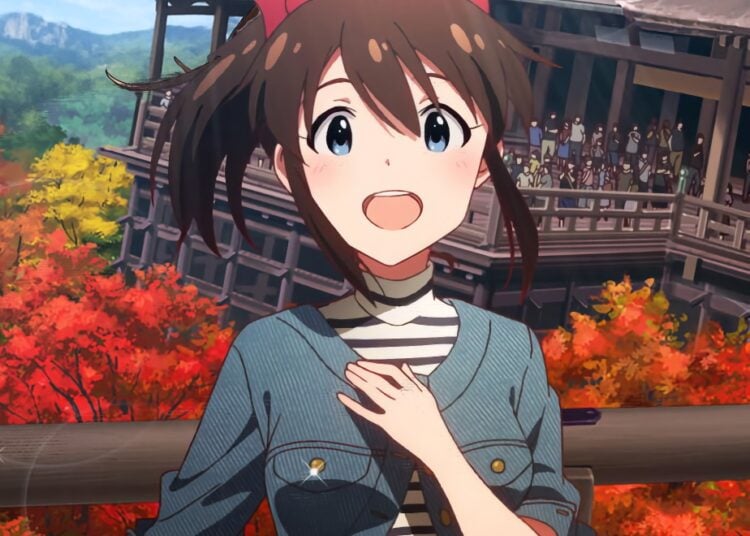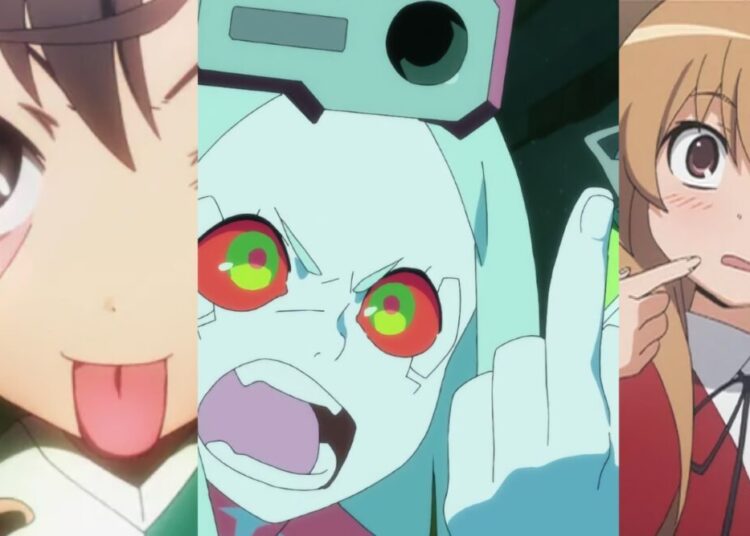Television (which turns 80 today) in Japan can be quite entertaining, and sometimes its fun to sit back on the sofa and see what Japan’s TV networks have for me. While there are some variety shows in which they do odd things like seeing how many seconds a sexy bikini idol can stay on a mechanical bull or submerge her body in protru- sion-inducing freezing water, these types of programs are in the minority. One show I caught the other day took a simpler approach: a camera crew started at one end of the Inokashira train line that runs from Shibuya to Kichijoji, famous for its large (for Tokyo) park and drinking area, and went to each station, introducing a unique business located in the area. These included a man selling refurbished American motorcycles from the 1930’s, a Japanese couple who fell in love with the unique taste of Korean food found in Los Angeles’ Korea Town and now operate a restaurant that aims to recreate that taste, and a store that sells nothing but mimikaki, those traditional Japanese “ear picks.” Another staple of Japanese television takes several “talents” — a catch-all word meaning any television personality — and sends them off through the Japanese countryside, bathing in exotic hot springs and enjoying delicious meals at Japanese ryokan inns while the camera follows them from place to place. It’s hard to understand, but watching this kind of “feel good” show can have a real calming effect on a person, and I’m sure a lot of other viewers here would agree with me.

It’s April in Japan, and that means two things: beautiful sakura blooming everywhere and ichinen-sei (一年生、 first graders). April is the start of the Japanese school year, and throughout the country millions of parents will be watching with teary eyes through the video finder as little Taro or Hanako start Elementary School, with cherry blossoms falling all around them. Japan’s “back to school” season is a busy one for mothers, who must rush to get all the school supplies for the new school year — if you’ve noticed a lot of notebooks, pencil cases and erasers on J-List lately, you know it’s because that’s the season here. Mothers are going to get even busier, though: they’re given a list of things they must hand-make for their kids to use, including a quilted bag to put art supplies in, a “shoes bag” (sic) for carrying shoes around inside the school, and a clean towel with the child’s name sewn into it for daily desk-cleaning. In addition to being the start of school, April is when new employees officially enter the work force, and somewhere in Japan right now there are a few hundred new hires at a Company Entrance Ceremony enduring a long speech from the chairman. These new employees are often referred to as first-graders or shin-mai (新米, newly harvested rice).
What color is the sun? You might answer that it’s yellow, or orange, or white. However, when asked this question, though, many Japanese are likely to answer “red.” This seems to be a differences in cultural perception — the red circle in the Japanese flag is called hi-no-maru or circle-of-the-sun — and the color red does seem to have a special place in the hearts of the Japanese. Red is the color of celebration, something the Japanese imported from China, and when you attend a Japanese wedding you always leave with a bag of gifts which include sekihan, red rice that’s cooked with beans in it. There are many words that incorporate the color in them, such as aka no tanin (a “red” or complete stranger), or one that took me a while to get used to, akachan (a baby), which comes from the supposed red coloring of a newborn infant, although I can’t really see it. Japan’s perception of color often causes confusion among foreigners, such as their use of the word “blue” to refer to the deep green of a forest and — most confusingly — for the color of a green traffic signal.
Karoshi means death from overwork, and it’s a reality in Japan, where companies demand long hours of their employees. You don’t have to live in Japan to be overworked, and we’ve got a great new Japanese T-shirt that shows a famous symbol of tired “salarymen” returning home on the train after working through an exhausting day, with two men visible inside the train so that they form a face. The words at the top of the train say “Karoshi” and below the train is written Otsukare-sama deshita (oh-TSA-rey-sah-mah DESH-ta), which is the phrase you say to someone who’s finishing his day’s work, corresponding to “Thanks for working hard today.” Great new T-shirt printed in Army Green. Don’t work too hard!
J-List stocks region free DVD players that are great for enjoying DVDs from any part of the world. Our low-cost DVD players play discs from any country out of the box, are fully compatible with NTSC and PAL TVs, come with international power supplies, and are fully warranted by the manufacturer. Best of all, they feature the ability to play DIVX and AVI format movies, in incredibly convenient feature since 4-5 movies can be put onto a single disc. We’ve gotten fresh stock of our high-end DVD-7050 player in stock today — check it out now!
Remember that now is a great time to pick up that delicious Sakura or Ichigo Kit Kat, some yummy Green Tea Pocky or Meltykiss, or other chocolate products that we sell. In the summer months, which are not far off now, we’re unfortunately forced to remove all chocolate products from J-List since they melt like crazy. When we take our chocolate snacks off the site we always get emails from customers wondering why they can’t get their favorite Crunky. So check our snack pages now!















